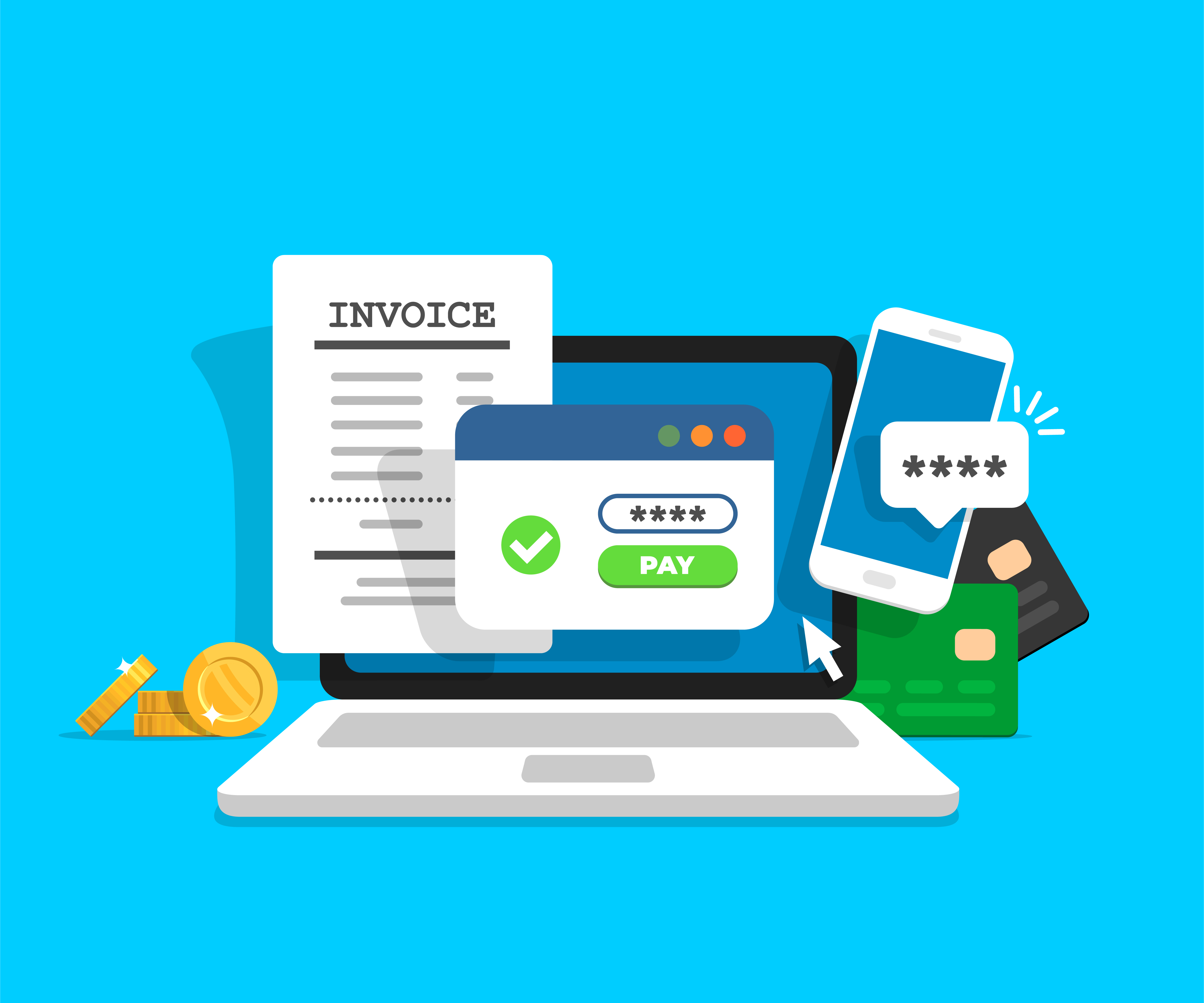Getting to Know the Payments Industry
The Online Payment Ecosystem
So How Does Online Payment Processing Work?
Online payments are processed through various methods, including credit cards, debit cards, and online payment systems such as PayPal, Square, Klarna, etc. Once a customer submits their payment information, the payment processor verifies the information, and then he initiates the transfer of funds from the customer's account to the merchant's account. The processor also checks for fraud and ensures that the transaction meets all necessary regulations and requirements. (We will get to this later on.)
During the verification process, the payment processor checks to make sure that the customer's account has enough funds to cover the transaction. If the customer's account does not have enough funds, the transaction will be declined. Once the transaction is approved, the payment processor transfers the funds to the merchant's account. The process usually takes a few days to complete, though some payment processors offer expedited processing for an additional fee.
Overall, online payment processing is a complex and highly regulated process that ensures that transactions are secure and that customer data is protected. By understanding how online payments are processed, customers and merchants can make informed decisions about the payment methods they use and the payment processors they work with.
What Needs to Be Improved in the Current Online Payment Processing Systems?
Online payment processing has come a long way in recent years, but there is room for improvement.
Here are some of the ways that online payment processing systems can be improved:
1. Faster processing times
One of the biggest complaints about online payment processing is the time it takes for transactions to be approved and completed. Faster processing times would make the payment process more efficient and reduce the risk of fraud.
2. Improved security
While online payment processing is generally secure, there is always room for improvement. New security measures could be implemented to further reduce the risk of fraud and ensure that customer data is protected.
3. More accessibility
Online payment processing should be accessible to everyone, regardless of their location or financial situation. This could be achieved through the adoption of new payment methods or the expansion of existing ones.
4. Better customer support
When issues arise during the payment process, customers need to be able to get help quickly and easily. Payment processors could invest in better customer support systems to improve the overall payment experience.
5. Integration with other systems
Online payment processing should integrate seamlessly with other systems, such as accounting software or inventory management systems. This would streamline the payment process and reduce the risk of errors.
Overall, there are many different ways that online payment processing could be improved. By implementing these ideas, payment processors can create a more efficient, secure, and user-friendly experience for customers and merchants alike.


